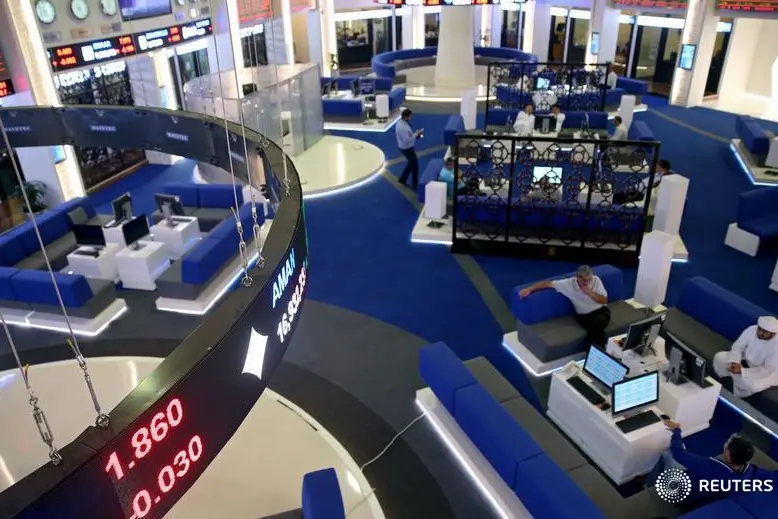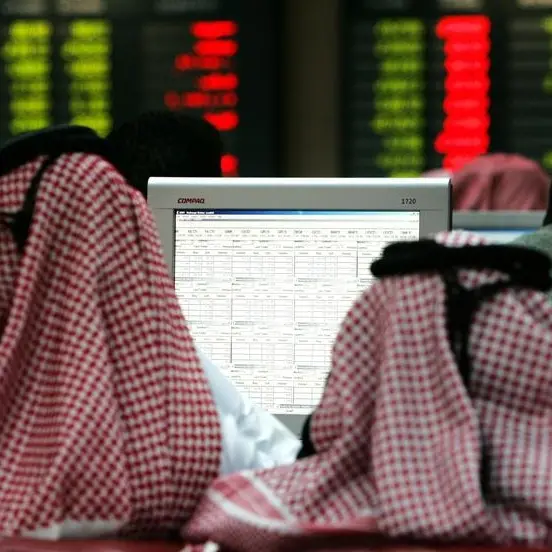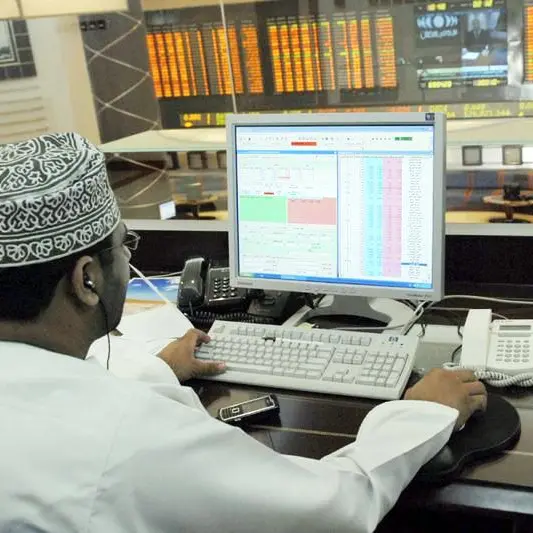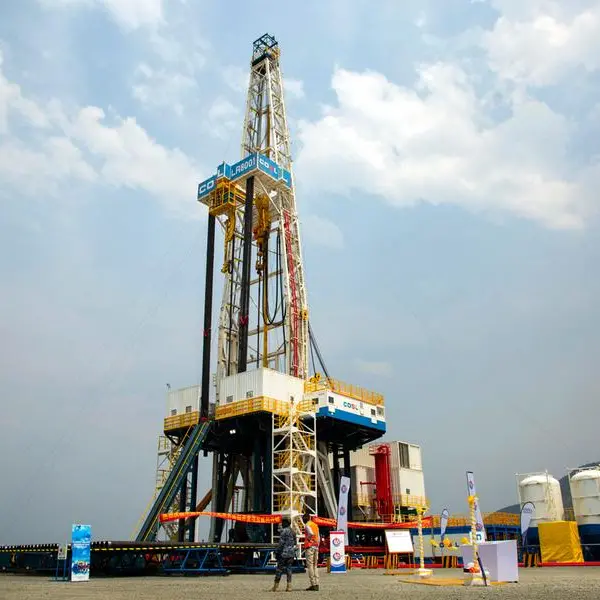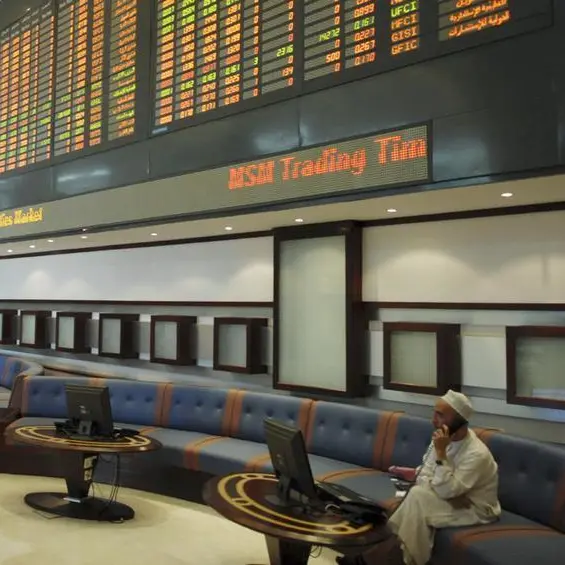PHOTO
Gulf markets did not escape some of the turmoil experienced across the emerging market equity space last year, but there were specific factors driving investor sentiment within each country, leading to a huge divergence in performance.
For instance, the Qatar Exchange not only posted the best performance in the region, but was one of the best performing stock markets in the world in 2018, outranked only by a recovering market in the Ukraine and by Macedonia.
The Qatar market finished 20.8 percent higher in 2018, substantially outperforming emerging MSCI's Emerging Markets Index (down 16.6 percent in 2018) and the MSCI World Index (down 10.4 percent). Indeed, gains made by markets in Qatar, Abu Dhabi, Kuwait and Saudi Arabia led to the MSCI GCC index gaining 12.4 percent in value during the year, bringing the total capitalisation of its markets to just over $1 trillion – the first time GCC combined market caps reached $1 trillion since 2014, according to KAMCO Research data.
Yet the outperformance of Qatar helped to disguise what was an awful year for Dubai's stock market, which finished the year 25.8 percent lower as many of its real estate stocks faced heavy sell-offs from investors spooked by fears of an oversupply in the market. Moreover, the higher values experienced in many Gulf markets disguised what was a thin year in terms of traded volumes.
Data from KAMCO Research showed that all Gulf markets other than Bahrain witnessed a decline in the value of shares traded, although a net inflow of foreign buyers was a key reason for the outperformance of many markets – particularly Qatar and Saudi Arabia.
Mohamad Al Hajj, head of MENA strategy at Cairo-based EFG Hermes, said that although “foreign activity in absolute dollar terms increased substantially, specifically in the case of Saudi Arabia” in 2018, a lack of appetite among local investors meant markets lacked liquidity.
“Last year was a record year in terms of net foreign inflows into the Saudi market, despite the outflows that we saw in the last quarter of the year. Also, in terms of total trading, buys and sells from swaps and QFIs was the highest of all time,” Al Hajj told Zawya in a telephone interview last week.
“The index inclusions and the weight increases that we are seeing is definitely leading to much higher foreign activity, but local liquidity has been weak. I don't know if that's a reflection on the volatility in oil prices, weaker local sentiment etc, but that's mainly the issue (of lower volumes),” he said.
Announcements made by index compilers MSCI, FTSE Russell and S&P Dow Jones during the course of 2018 that they would upgrade Saudi Arabia to emerging market status this year, plus an announcement by MSCI that it had placed Kuwait on a watch list for a potential upgrade, and FTSE Russell's completion of Kuwait's upgrade in the final quarter of the year all led to inflows of capital from foreign buyers.
Data provided by Al Mal Capital showed that four Gulf markets (Abu Dhabi, Dubai, Qatar and Saudi Arabia) enjoyed a net inflow from foreign buyers worth $4.37 billion - around $2.3 billion of this went into Qatar and almost $1.1 billion went into Saudi Arabia.
Charles-Henry Monchau, managing director of Dubai-based Al Mal Capital's investment management arm, said it was “important to put 2018 into perspective”.
“While 2017 was the year of the ‘Goldilocks economy’, 2018 has turned to be the year of trade conflicts, interest rate concerns and the rise of market volatility,” he said in an emailed response to questions from Zawya. He argued that with 93 percent of all asset classes ending 2018 in negative territory and MSCI's Emerging Markets index dropping 16.6 percent, regional indices covering the Arab world were the best-performing.
“So maybe the flows were not as big as expected, but they were at least positive, which is not the case for global emerging markets and frontier markets which have seen large outflows,” Monchau said.
Moreover, he said that large-cap stocks, which are expected to benefit most from investor inflows as a result of index inclusion, “sharply outperformed small- and mid-cap stocks in the region”.
However, Vijay Valecha, chief market analyst at Dubai-based Century Financial Brokers, argued that even many blue-chip stocks in the region suffered from low levels of liquidity.
“Trading volumes in Gulf markets are still low by international standards,” Valecha said in an emailed response to questions from Zawya.
“Some macro-economic variables responsible for the lacklustre trading volumes are (the) introduction of VAT which impacted consumer spending, slowing global economy, a decline in oil prices in the second half of the year as well as a tighter U.S. monetary policy, which automatically raised the interest rates in Gulf region as most of them are pegged to US dollar.
The rise in interest rates has certainly increased the cost of finance for Middle Eastern companies,” Valecha said.
Data from Bahrain-based investment bank SICO showed that average daily turnover of stocks edged up by 5 percent in Saudi Arabia and 7 percent in Qatar last year, and swung 30 percent higher in Bahrain (although admittedly from a low base), but volumes fell everywhere else with Dubai, which suffered foreign outflows of $215 million, witnessing a 42 percent decline in market turnover.
Looking ahead to 2019, there are still plenty of opportunities for investors to make strong returns, even though some analysts argue that the outperformance of some stocks, such as banks in Qatar, mean they are now valued a little too richly.
For a greater insight into the performance of individual stock markets in 2018, plus analysts' forecasts on which shares or sectors are likely to perform well this year, click on the links to the individual markets below.
(Reporting by Michael Fahy; Editing by Shane McGinley)
Our Standards: The Thomson Reuters Trust Principles
Disclaimer: This article is provided for informational purposes only. The content does not provide tax, legal or investment advice or opinion regarding the suitability, value or profitability of any particular security, portfolio or investment strategy. Read our full disclaimer policy here.
© ZAWYA 2019
